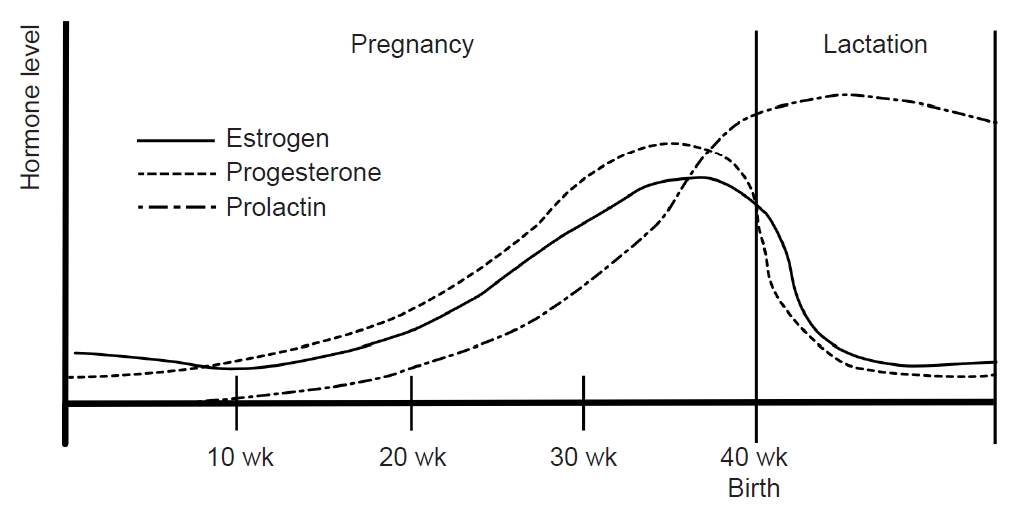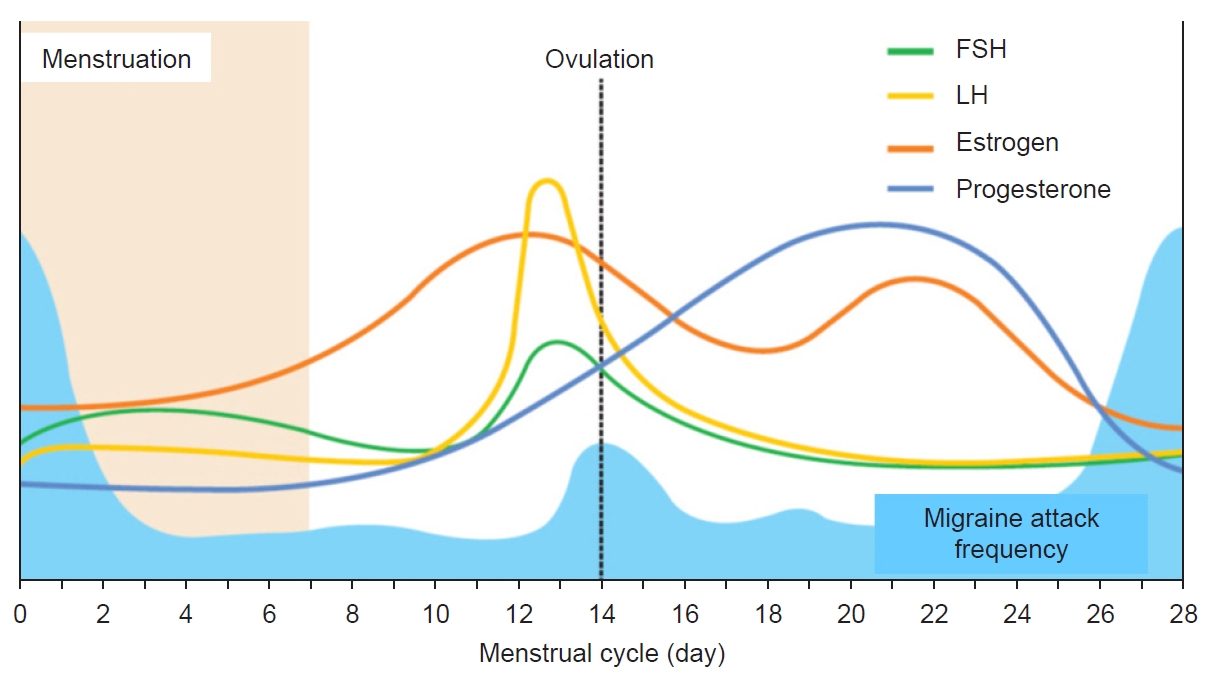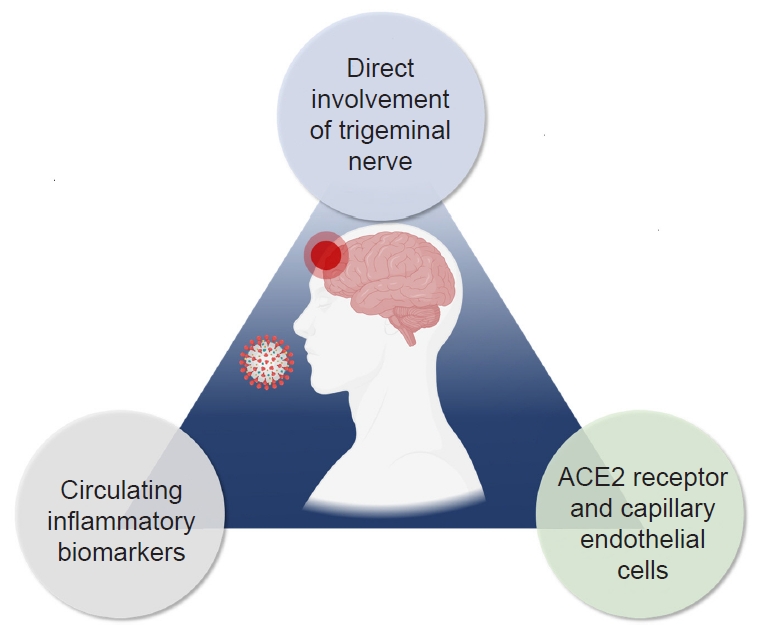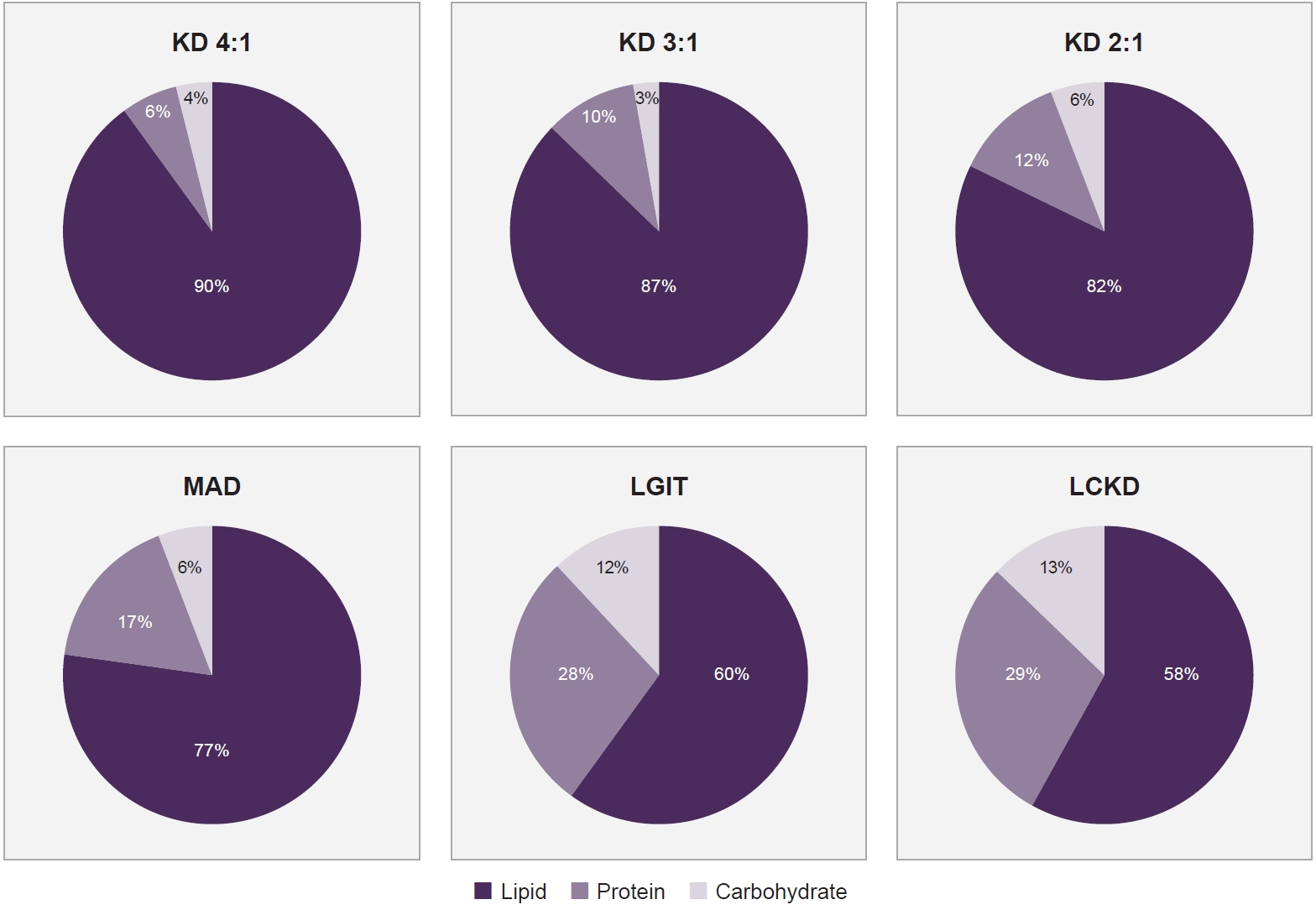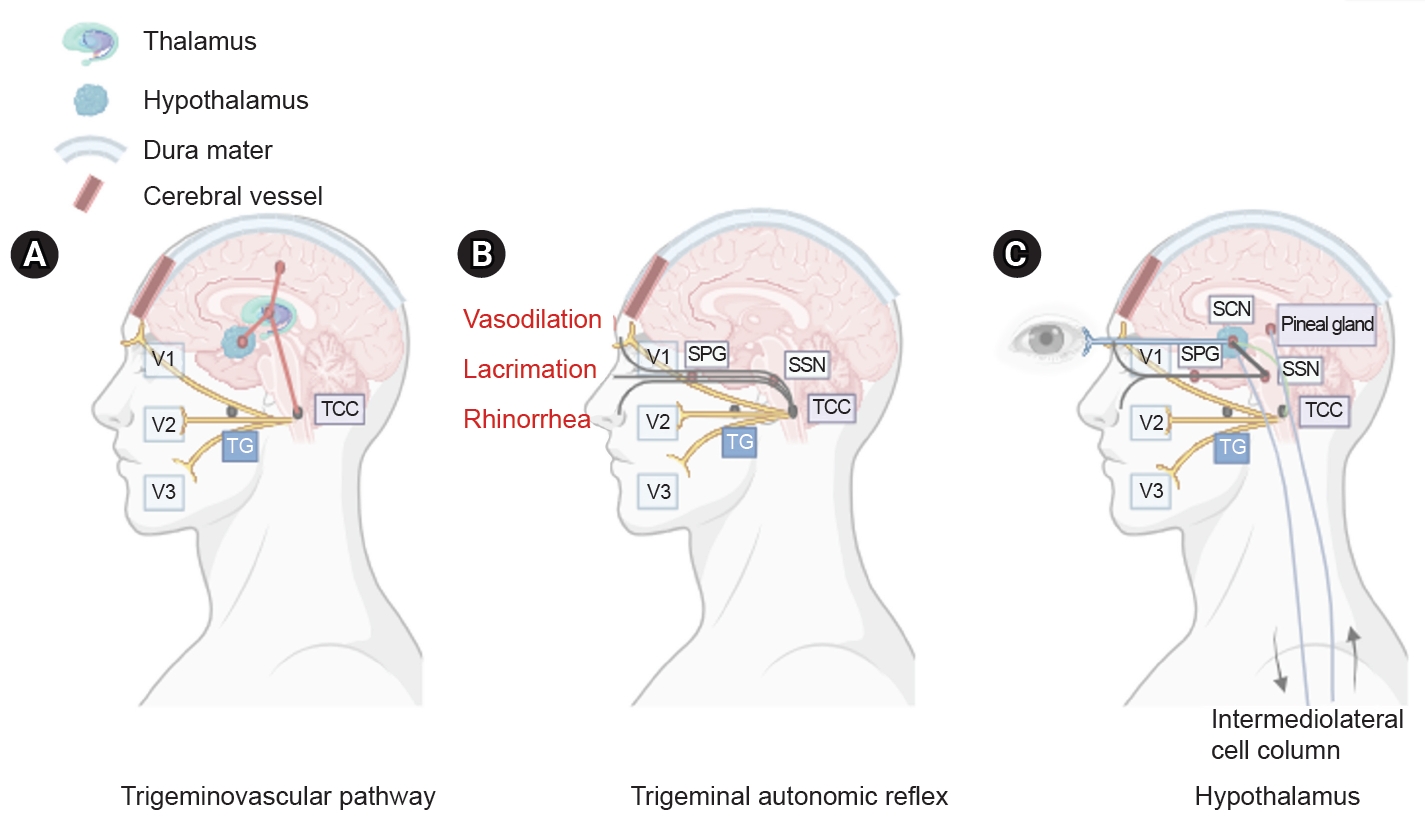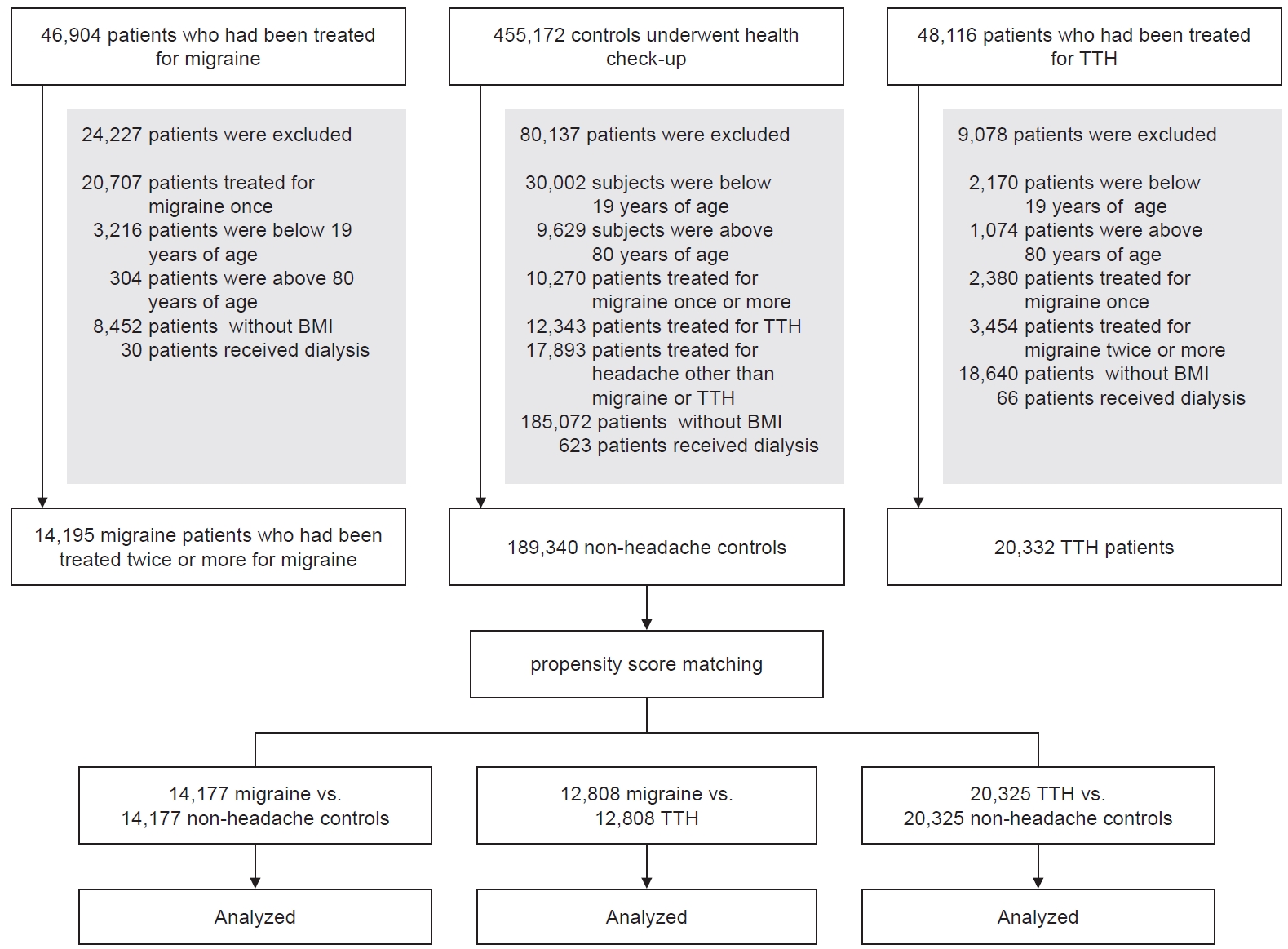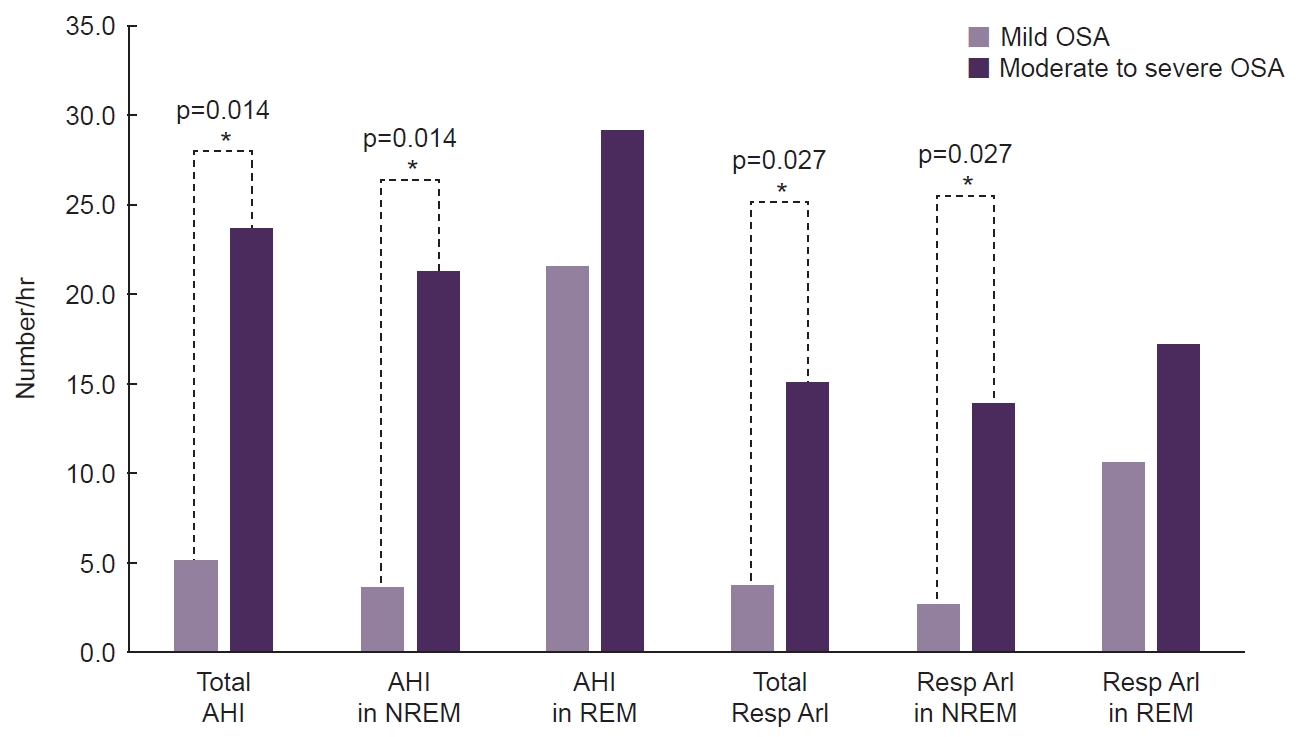
| Volume 25(1); April 2024
Full PDF
|
http://e-hpr.org |
Dear Colleagues,
We are pleased to announce the publication of the third issue of Headache and Pain Research.
Please find below the link to the table of contents and summaries of the esteemed articles.
Please enjoy, share and cite them.
Thank you for your support and assistance.
Office of Headache and Pain Research
Soo-Jin Cho, Editor-in-Chief; Soo-Kyoung Kim, Deputy Editor
| Editorial | ||
|
Migraine in Women: Inescapable Femaleness? |
||
| Soo-Kyoung Kim | ||
| DOI: http://doi.org/10.62087/hpr.2024.0010 | ||
|
|
||
| Review Articles | ||
|
Migraines in Women: A Focus on Reproductive Events and Hormonal Milestones |
||
| Seonghoon Kim, Jeong Wook Park | ||
| DOI: http://doi.org/10.62087/hpr.2024.0003 | ||
|
||
|
Menstrual Migraine: A Review of Current Research and Clinical Challenges |
||
| Jong-Geun Seo | ||
| DOI: http://doi.org/10.62087/hpr.2024.0004 | ||
|
||
|
COVID-19 Infection-related Headache: A Narrative Review |
||
| Yoonkyung Chang, Tae-Jin Song | ||
| DOI: http://doi.org/10.62087/hpr.2024.0008 | ||
|
||
|
Application and Effectiveness of Dietary Therapies for Pediatric Migraine |
||
| Ji-Hoon Na | ||
| DOI: http://doi.org/10.62087/hpr.2024.0007 | ||
|
||
|
Update on Cluster Headaches: From Genetic to Novel Therapeutic Approaches |
||
| Myun Kim, Je Kook Yu, Yoo Hwan Kim | ||
| DOI: http://doi.org/10.62087/hpr.2024.0009 | ||
|
||
| Original Articles | ||
|
Associations of Migraine and Tension-type Headache with Glaucoma |
||
| Jong-Ho Kim, Young-Suk Kwon, Sang-Hwa Lee, Jong-Hee Sohn | ||
| DOI: http://doi.org/10.62087/hpr.2024.0002 | ||
|
||
|
Cluster Headache Characteristics and the Severity of Obstructive Sleep Apnea: Insights from Polysomnography Analysis |
||
| Yooha Hong, Mi-Kyoung Kang, Min Kyung Chu, Soo-Jin Cho, Hee-Jin Im | ||
| DOI: http://doi.org/10.62087/hpr.2024.0001 | ||
|
||
Headache and Pain Research (Headache Pain Res; pISSN: 3022-9057, eISSN: 3022-4764) publishes original articles, review articles, case report, letter to the editor, editorial, and perspective on all aspects of Headache and Pain Research. The main topics include migraine, cluster headache, tension-type headache, intracranial hypotension, intracranial hypertension, reversible cerebral vasoconstriction syndrome, other primary or secondary headache disorders, and issues related headache and pain such as dizziness, psychological, and cognitive problems. Headache and Pain Research is the official journal of Korean Headache Society, and aims to grow into an international journal and welcomes outstanding editorial board members and submissions from all over the world.
It is an Open Access journal, which permits unrestricted non-commercial use, distribution, and reproduction in any medium, provided the original work is properly cited. There is no article processing charge. Headache and Pain Research is published 3 times (the last day of February, June, and October) a year.
|
||
